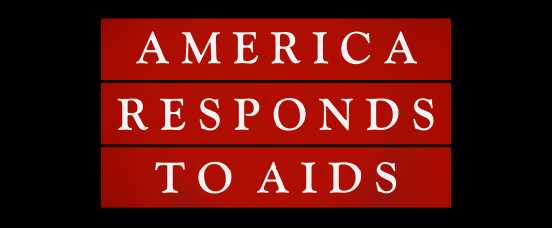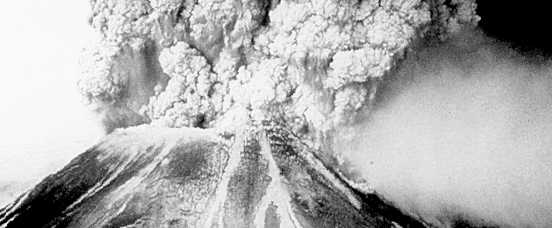CDC Timeline 1980s
Take a minute to review many of CDC's momentous contributions to public health since it was organized in 1946 as the Communicable Disease Center.
1980s
-
1989
- CDC reports every 6 to 10 killings involve guns, making firearms the 8th leading cause of death, after diabetes, but ahead of liver disease
- The100,000th AIDS case is reported
- The 25th Surgeon General’s report on the health consequences of smoking is issued
- A WHO collaborating center for disaster preparedness is established
- To improve laboratory training programs and communication among participants, the National Laboratory Training Network is established with the Association of State and Territorial Public Health Laboratory Directors in seven sites
-
1988
- Worldwide Polio Eradication Initiative launches: a public-private partnership led by national governments and spearheaded by the World Health Organization (WHO), Rotary International, the Centers for Disease Control (CDC), and the United Nations Children’s Fund (UNICEF)
- Understanding AIDS—information related to the prevention of HIV infection is sent to every household in America
- Disabilities Prevention Program is developed to provide a national focus for the prevention of disabilities
- Establishes the Center for Chronic Disease Prevention and Health Promotion to target chronic diseases such as heart disease, cancer, and diabetes
- CDC appoints its first Assistant Director for Minority Health
-
1987

- The National Center for Health Statistics becomes an organizational component of CDC
- Publishes guidelines on preventing HIV transmission in healthcare settings, on HIV counseling, and on antibody testing
- Sentinel Event Notification System for Occupational Risk (SENSOR) program is established at NIOSH
- The national health information campaign “America Responds to AIDS” launches
-
1986

- CDC establishes the Division of Injury Epidemiology and Control
- Office on Smoking and Health, which targets a preventable health problem, becomes part of CDC
- CDC cosponsors the first National Conference on Chronic Disease Prevention and Control
-
1985
- CDC cosponsors the first International Conference on AIDS
- Evidence mounts of multidrug-resistance in the bacterium that causes TB
- Study finds that a new polysaccharide vaccine is a cost-effective means to protect children who were at risk for developing Haemophilus influenzae type b.
- Heat-treated, blood-based clotting factor products used by people with hemophilia are introduced and shown to eliminate the transmission of HIV through infusion of clotting factor products
-
1984
- CDC Study supported by Congress and funded by the U.S. Veterans Administration shows that male Vietnam veterans are at no higher risk than other men for fathering babies with birth defects, and produces the first of many publications on risk factors for birth defects
- Public health department and laboratory staff are trained by CDC to perform a new test for antibodies to the virus that causes AIDS (the test is licensed in 1985)
- Reports show declining incidence of Reye syndrome in the U.S.
-
1983

- The Agency for Toxic Substances and Disease Registry (ATSDR) is established; collecting data on emergency events involving the release of hazardous substances in the U.S.
- NIOSH publishes a list of Ten Leading Work-Related Disease and Injuries
- Persons at increased risk of contracting AIDS are advised to refrain from donating blood.
- CDC receives funding for HIV risk reduction services for people with hemophilia and others using blood products
- Establishes the National AIDS Hotline to handle the growing number of calls concerning the AIDS virus.
-
1982
- CDC begins an international campaign to gather support for elimination of dracunculiasis, Guinea worm disease
- Epidemiologists discovers that foodborne E.coli 0157 is the cause of two outbreaks of hemorrhagic colitis
- A report of 1,714 measles cases (an all-time low) indicates a 99% reduction from the annual average of 500,000 in the pre-vaccine era. National surveillance for Lyme disease, a tick-borne disease begins
- CDC receives first reports of AIDS in persons with hemophilia, other transfusion recipients, and in infants born to mothers with AIDS
- Infection control recommendation for AIDS for clinical and laboratory staff are published
-
1981
- MMWR (Morbidity and Mortality Weekly Report) publishes a report of five cases of Pneumocystis carinii pneumonia (PCP) among previously healthy young men in Los Angeles. Local clinicians and the Epidemic Intelligence Service (EIS) Officer stationed at the Los Angeles County Department of Public Health prepares the report and submits it to MMWR. CDC develops an investigative team to identify risk factors and to develop a case definition for national surveillance
- First AIDS cases reported in MMWR
- Establishes the International Health Program Office
- The Department of Health and Human Services assigns implementation of the Superfund Act to CDC. To prevent Reye syndrome, the Surgeon General’s advisory against the use of salicylate (aspirin) for children with influenza or chickenpox is published
-
1980

- MMWR (Morbidity and Mortality Weekly Report) publishes the first report on a newly-recognized illness associated with tampon use: toxic shock syndrome; CDC organizes a task force to study the illness
- Reports in the MMWR indicate association of Reye syndrome with aspirin use
- Assists in the study of health effects related to Mount St. Helen’s volcanic eruption and establishes the National Center for Environmental Health
- Establishes the first international Field Epidemiology Training Program in Thailand initiates the Global EIS Program
- Congress creates the Agency for Toxic Substances and Disease Registry, as a “sister agency” to CDC.
- Page last reviewed: May 12, 2015
- Page last updated: June 29, 2016
- Content Source:
- Centers for Disease Control and Prevention
- Page maintained by: Office of the Associate Director for Communication, Division of Public Affairs


 ShareCompartir
ShareCompartir